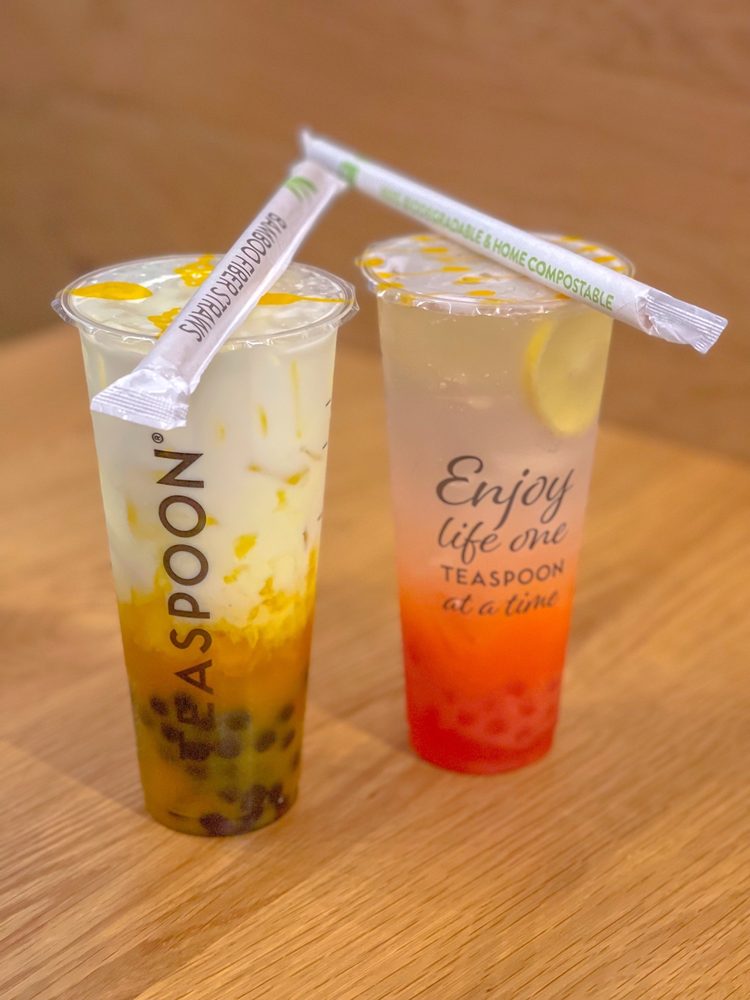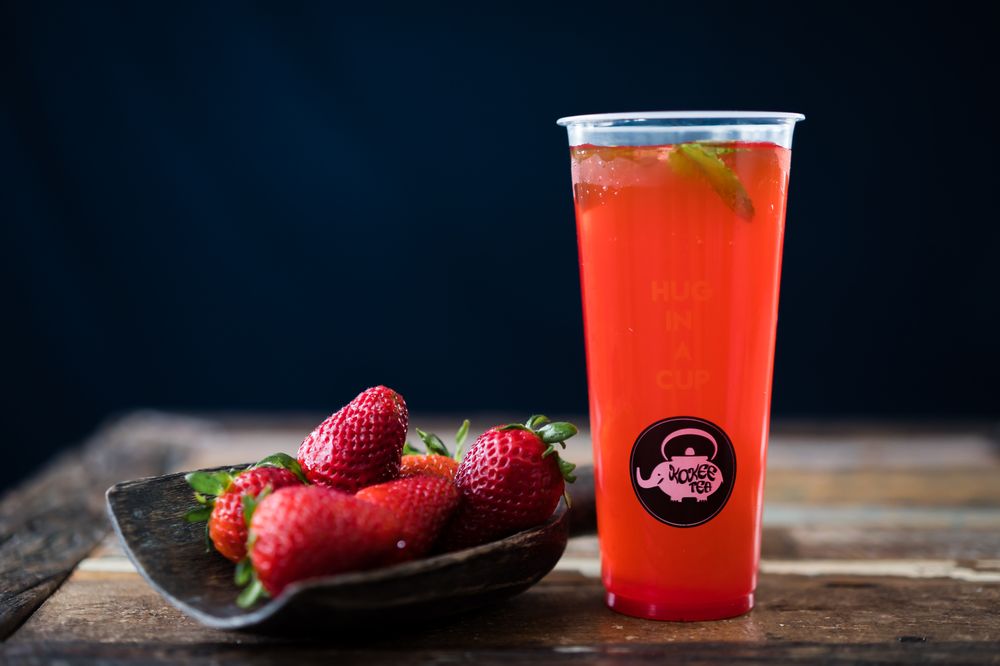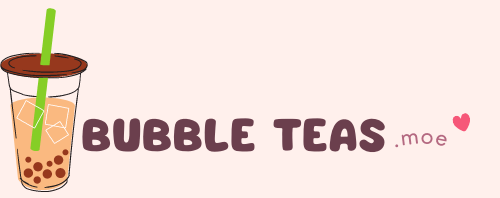What Are Tapioca Pearls?
Whenever I stroll into a bubble tea shop, the first thing that catches my eye is those tiny, chewy spheres sitting at the bottom of the drink. Yep, you guessed it – I’m talking about tapioca pearls. These little guys are the traditional stars of bubble tea, a beverage that has surged in popularity worldwide. Originating from Taiwan, these pearls have captured hearts with their gummy bear-like texture and the fun they bring to drinking tea.
So what exactly are they made of? Tapioca pearls are derived from the starch of the cassava plant, a root vegetable that’s a staple in many tropical countries. The process of making tapioca pearls is fascinating. The cassava starch is extracted and processed into a fine powder. This powder is then mixed with water and sometimes a sweetener or additional flavorings, kneaded until it becomes a dough, and shaped into the small round pearls we all know and love.
Let’s talk about color and sizing because those matter too. Traditional tapioca pearls are black, but don’t be surprised if you see them in other colors—they can be white, pink, green, or even clear! The classic black color usually comes from adding brown sugar or caramel coloring during production. As for size, they typically range from about 1/8 inch to a quarter inch in diameter—but of course, the bigger, the better for that satisfying chew!
Cooking these pearls is an art in itself. It involves boiling them in water until they’re just the right consistency – not too mushy, not too hard. Once cooked, they’re often soaked in a sweet syrup to give them that irresistible taste that melds perfectly with your chosen tea.
It’s no wonder why tapioca pearls are a staple in bubble tea. They’ve got a unique texture that’s both fun to chew and versatile in flavor. Whether you’re sipping on a classic milk tea or trying out new varieties, those pearls make the experience a whole lot better.

What Is Popping Boba?
While traditional tapioca pearls have a chewy, dense texture, popping boba is a whole different experience. Imagine little juicy bursts of flavor that pop in your mouth, adding a playful element to your drink. Popping boba, also known as bursting boba or juice balls, is a spherified form of fruit juice surrounded by a thin, gel-like skin made from seaweed extract.
Unlike tapioca pearls, popping boba brings an explosive taste. These little spheres are typically filled with fruit juice or syrup and burst when bitten into, releasing the flavorful liquid inside. I’ve always been fascinated by the spherification process that creates popping boba; it involves dropping flavored liquid into a calcium chloride solution, forming perfect little orbs with a skin that holds until you decide to burst them on your palate.
They come in a rainbow of colors and flavors, each designed to complement certain beverages, adding not just taste but a visual appeal to your drink. From strawberry to mango, there’s bound to be a popping boba flavor that’ll become your new favorite. But it’s not just about the fun factor; popping boba is also a brilliant way to infuse your beverage with additional fruitiness without altering the base tea or smoothie flavors too much.
As an addition to the bubble tea universe, popping boba’s popularity has skyrocketed. They’re a hit in not just bubble tea shops but also in frozen yogurt stores and at cocktail bars, where they add a contemporary twist to classic drinks. Considering their widespread appeal, it’s clear that popping boba is more than just a trend – they’re a modern staple for anyone looking to spice up their beverages with a burst of joy and flavor.
Similarities Between Tapioca Pearls and Popping Boba
When you’re navigating the fun world of bubble teas and other trendy drinks, you’ll likely come across both tapioca pearls and popping boba. At first glance, they might seem like distant relatives in the beverage topping family, but they’ve got some unexpected similarities.
- Both add a chewy or juicy texture to drinks, which is a big part of their appeal. There’s something deeply satisfying about a drink you can also snack on.
- They’re versatile. Whether you’re sipping a classic milk tea or experimenting with a zesty cocktail, tapioca pearls and popping boba are right at home in an array of beverages.
- Both toppings celebrate the experiential side of dining. It’s not just about taste; it’s about creating a multisensory experience. Popping boba and tapioca pearls turn a simple drink into a playful adventure for your taste buds.
In terms of preparation, tapioca pearls and popping boba share some common ground there too.
- Both need careful storage to maintain their optimum quality. – When it comes to serving, they’re typically found at the bottom of a glass, waiting to surprise your palate. Both are served cold, enhancing the refreshing factor of your beverage.
- Nutritionally speaking, while not identical, they offer a similar range of calories per serving.
Whether I’m deciding merely to sprinkle a few into my tea or pile them high into my smoothie, I know these beads of joy are sure to liven up my drink. They bring a fun texture and visual interest that’s hard to pass up. And while their differences are distinct, the shared essence of tapioca pearls and popping boba is that little pop of excitement – chewy or bursting – they both confidently promise to deliver.
Differences Between Tapioca Pearls and Popping Boba
While both tapioca pearls and popping boba share the spotlight in the trendy beverage accessories scene, their differences are just as important as their similarities. I’m here to shed light on what sets them apart.
Tapioca pearls are starchy, chewy balls made from tapioca, a product of cassava roots. They’ve become iconic in bubble tea and come with a notable texture that takes a bit of effort to chew. Tapioca pearls are generally unflavored, relying on the drink itself to imbue them with taste.
In contrast, popping boba bursts with flavor the moment you bite into them. These little pockets of joy are essentially fruit juice trapped in a thin, seaweed-based skin. What’s fascinating about popping boba is that they’re more than just an add-on; they’re a taste sensation that can transform the flavor profile of your beverage.
Let’s talk about the preparation. Tapioca pearls require a process of boiling and often a steeping period where they soak up sweetness. It’s a bit time-consuming, but for fans of that gummy texture, it’s worth every minute. Popping boba, on the other hand, are ready-to-serve straight from their packaging, making them a convenient, fuss-free option.
Color and aesthetics also vary greatly. Tapioca pearls are usually black or clear and are quite discreet in a drink. Popping boba comes in a rainbow of colors that can make any drink Instagram-worthy.
Finally, when it comes to nutritional content, tapioca pearls are predominantly carbohydrates with a dash of calcium and iron, whereas popping boba contains fruit juice, meaning they can offer small amounts of vitamins depending on the juice used. Each has its place depending on dietary preferences and goals.
Both options bring a unique experience to your drink, whether it’s the satisfying chew of tapioca or the surprise pop from boba. It’s clear that these tiny treats are changing the way we enjoy our beverages, one sip at a time.

Which One Should You Choose?
When it’s time to pick between tapioca pearls and popping boba, you’re not just choosing a topping, you’re deciding on the experience you want from your drink. I know this decision can be a bit tricky, so let’s break it down.
First, think about texture. If you’re all about the classic chewiness that’s become synonymous with boba tea, then tapioca pearls are your go-to. They’re the traditional choice that provides a satisfying chew with nearly every sip. On the other hand, if you’re looking to add an unexpected twist to your beverage with a burst of flavor, popping boba will certainly deliver. Each little sphere is a juicy surprise waiting to happen.
Let’s consider flavor and customization. Tapioca pearls, while deliciously subtle, don’t pack much of a flavor punch on their own. They mostly absorb the taste of whatever they’re in, whether it’s black tea or a taro-based drink. Popping boba, meanwhile, comes loaded with a variety of fruit juice flavors. If you’re craving a tropical infusion in your mouth, popping boba’s mango or passionfruit varieties could be just what you need. They definitely up the ante when it comes to mixing and matching flavors in your drink.
Preparation time is another factor. If you’re in a rush, popping boba is the ultimate convenience—just scoop and serve. For those who enjoy the process of preparing their drink from scratch, tapioca pearls provide that hands-on experience.
Let’s not forget about the visual appeal. Drinks topped with colorful popping boba are Instagram-ready and can be quite the crowd-pleaser at parties or events. They blend visual fun with taste sensation. But if you’re aiming for a minimalist, classic look, the subdued appearance of tapioca pearls might just be what you prefer.
And of course, if nutritional content plays into your choice, it’s essential to consider that popping boba can offer a tad more in terms of vitamins due to the fruit juice content.
In the end, I find that it’s all about what you’re in the mood for—texture, flavor, convenience, aesthetics, or a bit of nutrition. As you stand before that colorful selection, just ask yourself, what am I craving today?
Conclusion
Deciding between tapioca pearls and popping boba really boils down to what you’re in the mood for. Do you crave the classic chew of tapioca or the burst of flavor from popping boba? Each brings its own unique experience to your palate and can transform your beverage in different ways. Whether it’s the aesthetic pleasure of colorful boba or the satisfaction of a perfectly cooked pearl, your choice will enhance your drink in its own special way. Trust your taste buds and let your cravings guide you to the perfect bubble tea experience. Remember, there’s no wrong choice here—just different paths to deliciousness!
Frequently Asked Questions
What are the main differences between tapioca pearls and popping boba?
Tapioca pearls are chewy and made from cassava root, while popping boba are fruit-juice-filled spheres that burst in your mouth. They differ in texture, flavor, preparation, and nutritional content.
How does the preparation of tapioca pearls differ from popping boba?
Tapioca pearls require boiling for around 30 minutes, followed by a resting period. Popping boba is ready-to-serve and doesn’t require cooking.
Are popping boba more flavorful than tapioca pearls?
Yes, popping boba usually has a burst of fruit juice making them more flavorful, whereas tapioca pearls have a subtle taste and often rely on the beverage’s flavor.
Can both tapioca pearls and popping boba be used in any beverage?
While they can be used in various beverages, tapioca pearls are commonly found in milk-based teas, while popping boba is versatile and pairs well with both creamy and clear drinks.
How do tapioca pearls and popping boba vary nutritionally?
Tapioca pearls are primarily carbohydrate with little nutritional value, while popping boba may contain added vitamins and antioxidants from the fruit juice fillings.
What should I consider when choosing between tapioca pearls and popping boba?
Consider the texture preference (chewy vs. bursty), flavor desired, preparation time you have, the visual appeal you’re going for, and the nutritional content that fits your dietary needs.

